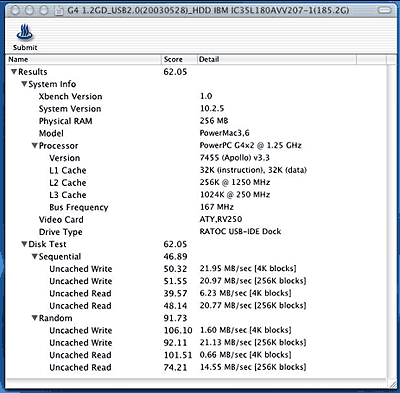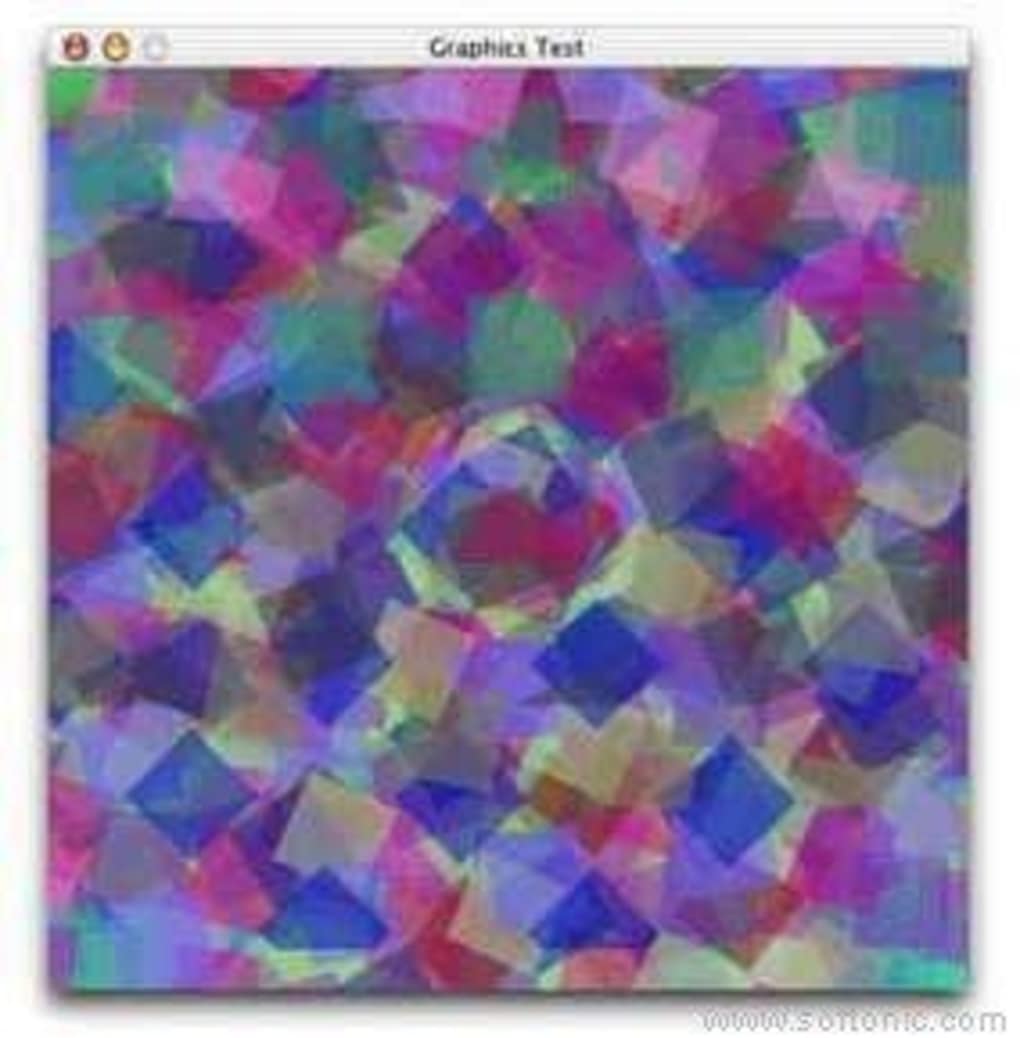

When the first PowerPC products reached the market, they were met with enthusiasm. The result of these various requirements was the PowerPC ( Performance Computing) specification. If the new POWER single-chip solution could be made bus-compatible at a hardware level with the 88000, that would allow both Apple and Motorola to bring machines to market much faster since they would not have to redesign their board architecture. The 88000 had also achieved a number of embedded design wins in telecom applications. However, the 88000 was already in production Data General was shipping 88k machines and Apple already had 88k prototype machines running. The 88000 effort was somewhat starved for resources. Motorola was doing well with their 68000 family and the majority of the funding was focused on this.

It also maintained ties with an important customer, Apple, and seemed to offer the possibility of adding another in IBM who might buy smaller versions from them instead of making their own.Īt this point Motorola already had its own RISC design in the form of the 88000 which was doing poorly in the market.

It allowed them to sell a widely tested and powerful RISC CPU for little design cash on their own part. To Motorola, POWER looked like an unbelievable deal. The PowerPC chip was one of several joint ventures involving the three, in their efforts to counter the growing Microsoft-Intel dominance of personal computing. At the time, most of the personal computer industry was shipping systems based on the Intel 8036 chips, which had a CISC architecture, and development of the Pentium processor was well underway.
#Xbench for powerpc windows
On the other side was the growing dominance of Microsoft and Windows in personal computing, and of Intel processors. In 1991, the PowerPC was just one facet of a larger alliance among these three companies. This three-way collaboration became known as AIM alliance, for Apple, IBM, Motorola.

Soon after, Apple, as one of Motorola's largest customers of desktop-class microprocessors, asked Motorola to join the discussions because of their long relationship, their more extensive experience with manufacturing high-volume microprocessors than IBM and to serve as a second source for the microprocessors. IBM approached Apple with the goal of collaborating on the development of a family of single-chip microprocessors based on the POWER architecture. In early 1991 IBM realized that their design could potentially become a high-volume microprocessor used across the industry. Work on a single-chip POWER microprocessor, called the RSC ( RISC Single Chip) began. IBM soon realized that they would need a single-chip microprocessor to scale their RS/6000 line from lower-end to high-end machines. The original POWER microprocessor, one of the first superscalar RISC implementations, was a high performance, multi-chip design. The result was the POWER architecture, introduced with the RISC System/6000 in early 1990. The RT had disappointing performance and IBM started the America Project to build the fastest processor on the market. 801-based cores were used in a number of IBM embedded products, eventually becoming the 16-register ROMP processor used in the IBM RT. The history of the PowerPC begins with IBM's 801 prototype chip of John Cocke's RISC ideas in the late 1970s. The “PC” in “PowerPC” originally stood for “Performance Computing” despite the coincidence of IBM’s involvement in the development of the PowerPC architecture, it is not in any way related to the IBM PC.
#Xbench for powerpc full
PowerPC is largely based on IBM's earlier POWER architecture, and retains a high level of compatibility with it the architectures have remained close enough that the same programs and operating systems will run on both if some care is taken in preparation newer chips in the POWER series implement the full PowerPC instruction set. PowerPC was the cornerstone of AIM's PReP and Common Hardware Reference Platform initiatives in the 1990s and while the architecture is well known for being used by Apple's Macintosh lines from 1994 to 2006 (before Apple's transition to Intel), its use in video game consoles and embedded applications far exceeded Apple's use. Originally intended for personal computers, PowerPC CPUs have since become popular embedded and high-performance processors. PowerPC, as an evolving instruction set, has since 2006 been renamed Power ISA but lives on as a legacy trademark for some implementations of Power Architecture based processors. PowerPC (short for Performance Optimization With Enhanced RISC – Performance Computing, sometimes abbreviated as PPC) is a RISC architecture created by the 1991 Apple– IBM– Motorola alliance, known as AIM.


 0 kommentar(er)
0 kommentar(er)
